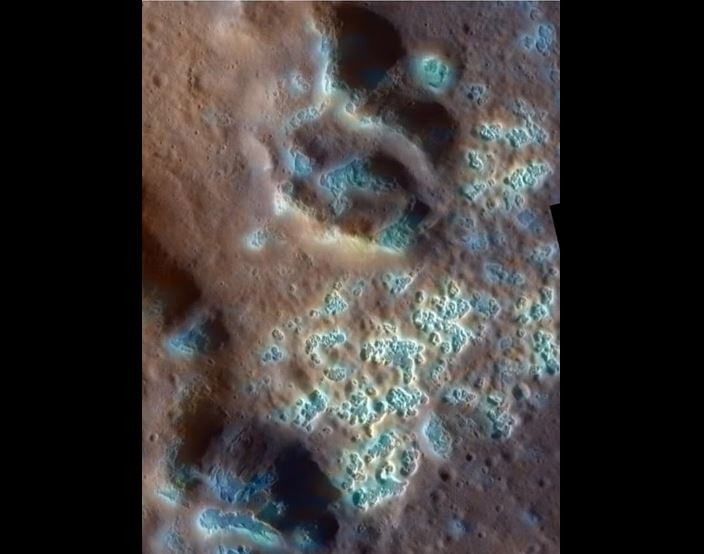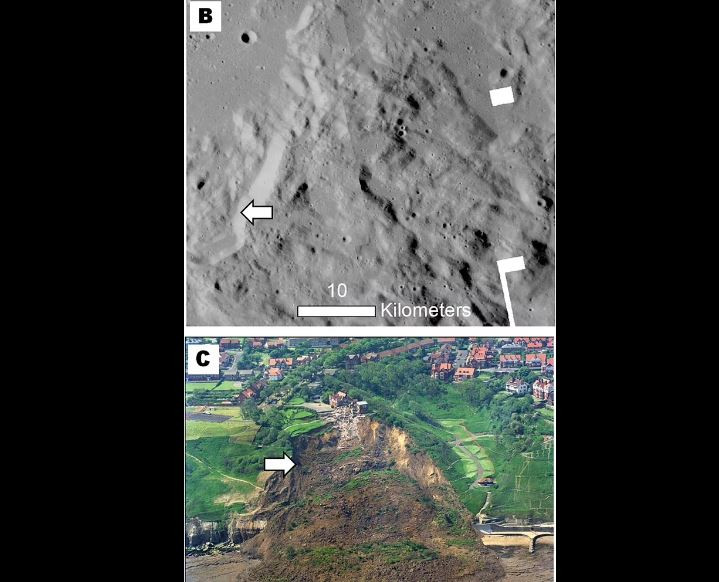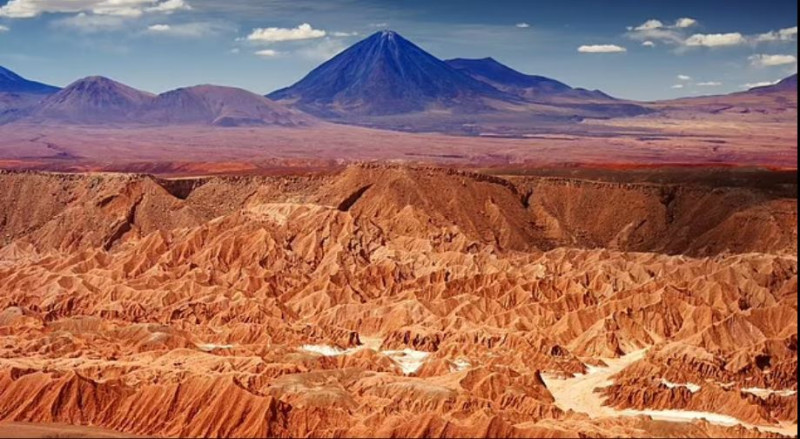A new study from the Planetary Research Institute suggests that life could exist inside salt glaciers, hidden beneath the surface of Mars.
Aliens may be closer to earth than we thought, according to a new study that reveals Mercury’s north pole may have the right conditions to support some “extreme life forms”.
In particular, a new study from the Institute for Planetary Research claims that life could exist inside salt glaciers, hidden beneath the surface of Mars.
The researchers even liken the case to regions on Earth where harsh conditions prevail and there is life.
“This thought leads us to consider the possibility of underground regions on Mercury that may be more hospitable than its hard surface.”said Dr. Alexis Rodriguez, lead author of the study.
Using images from NASA’s MESSENGER probe, researchers examined the geology of Mercury’s north pole and discovered evidence that salt glaciers may once have flowed through the planet’s Raditladi and Eminescu craters.
But these glaciers are not like the ones we know on Earth because instead of being composed of ice, Mercury’s glaciers are composed of salts that trap volatile compounds such as water, nitrogen and carbon dioxide.
When Mercury was hit by space rocks, craters blasted through the outer layer of basalt rock, allowing these volatile compounds to flow out of the ground and form glaciers.
Mercury, the closest planet to the Sun, reaches temperatures of 430°C during the daywhich means that these volatile chemicals have since evaporated although scientists have been able to find where the glaciers were by looking for features recognizable from Earth.
Dr. Rodriguez reported that “our models strongly confirm that salt flow likely produced these glaciers and that they preserved volatiles for over 1 billion years”.
This means that there is probably a huge layer of salt beneath the surface of Mercuryhidden from the intense heat of the sun and filled with volatile compounds that could support life.
Photo source: NASA
Source :Skai
I am Terrance Carlson, author at News Bulletin 247. I mostly cover technology news and I have been working in this field for a long time. I have a lot of experience and I am highly knowledgeable in this area. I am a very reliable source of information and I always make sure to provide accurate news to my readers.













